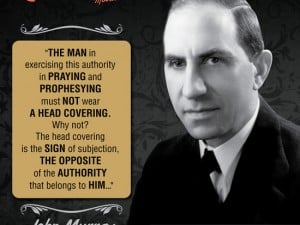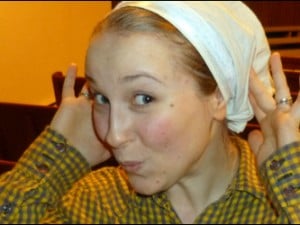What is a sufficient head covering? Does it have to be a certain size or style?
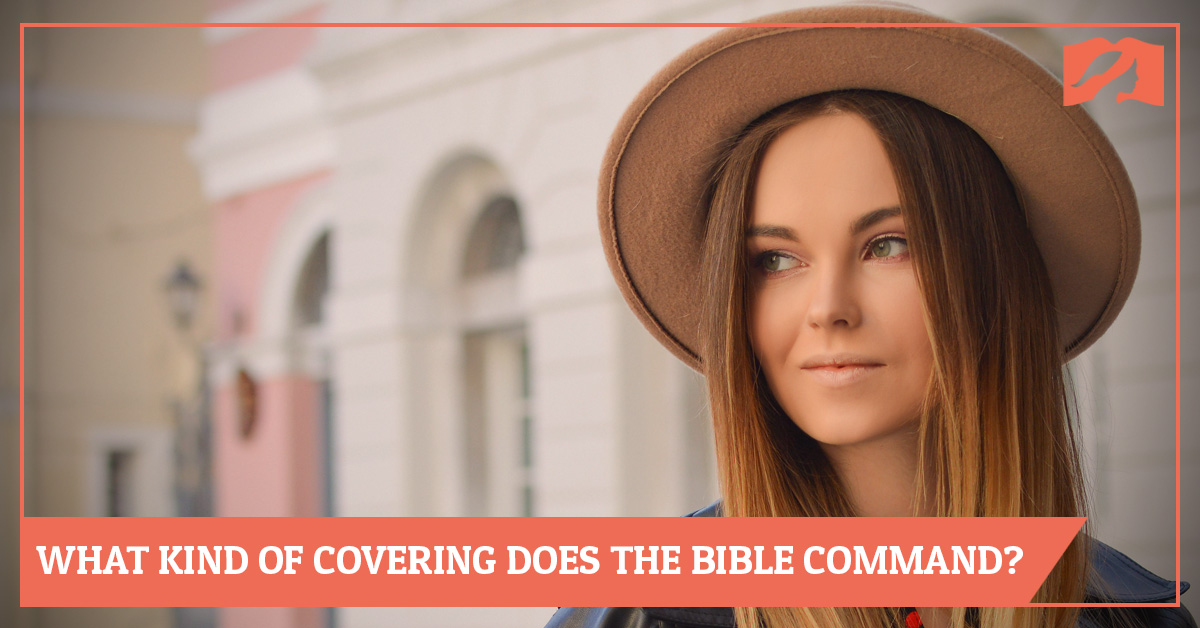
A covering in the context of 1 Corinthians 11 is a Christian symbol to be worn by women while praying and prophesying. Paul says this covering is a symbol of authority (1 Cor 11:10) and it’s to be worn on top of her head (1 Cor 11:5-6). No other information is given so where Scripture ends, Christian liberty begins. What that means is the specific type of covering you use is your decision as an individual or family. Having said that, there are other Scriptures that will help guide our choices byway of principle. I’d like to present that to you and also deal with issues such as hair being exposed (outside of a woman’s covering) and face veiling.
WHICH STYLE?
The Bible says that a woman’s long hair is her glory. When she covers her head while worshipping, her glory is supposed to be veiled. Since the purpose is to cover/shield/hide, it’s important that she honestly ask herself, “is my covering accentuating or veiling my glory?” Some “coverings” may be better categorized as a hair accessory, which calls attention to the hair, rather than a covering, which veils it.
There are no commands which would dictate the color or design of the covering. However, there are two important passages which give us a principle that does speak to this issue.
Likewise, I want women to adorn themselves with proper clothing, modestly and discreetly, not with braided hair and gold or pearls or costly garments, but rather by means of good works, as is proper for women making a claim to godliness. (1 Timothy 2:9-10)
Your adornment must not be merely external–braiding the hair, and wearing gold jewelry, or putting on dresses; but let it be the hidden person of the heart, with the imperishable quality of a gentle and quiet spirit, which is precious in the sight of God. (1 Peter 3:3-4)
According to Paul and Peter, women are to dress modestly, discreetly and should let their internal adornment be what’s on display. So how do we apply this principle to the choosing of a covering? I believe the application would be for women to cover their heads with something that is not overtly ostentatious. Once again, the spirit of the command is to veil your glory, not to accentuate it. Modesty and discreetness does not mean frumpy or devoid of beauty, but it also does not call attention to itself.
MUST ALL HAIR BE COVERED?
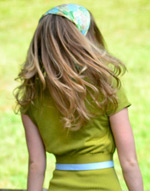
Another issue regards how much hair can be exposed outside of the covering. Must all her hair be hidden or can some still show? The passage we looked at in the previous section helps us answer this question.
In 1 Timothy 2:1 Paul starts a new section that teaches “how one ought to conduct himself in the household of God” (1 Tim 3:15). When Paul exhorts women to dress modestly in church, one of the applications of that principle was to not have “braided hair” (1 Tim 2:9). Since women covered in all churches (1 Cor 11:16) and Paul also instructed them about their hairstyles, we must conclude that hair was exposed outside of the covering. If Paul meant that all hair must be covered then his instructions in 1 Tim 2:9 would be unnecessary. In that case, his command for head coverings would eliminate anyone appearing in the assembly with braided hair.
FACE VEIL?
Some have troubled believers by saying that unless a woman wears a veil that covers her face, she is not truly covered. Paul however only concerns himself with what’s on our “heads”, not over our faces. In his second letter to the Corinthians he says:
But we all, with unveiled face, beholding as in a mirror the glory of the Lord, are being transformed into the same image from glory to glory… (2 Cor 3:18)
In context he’s contrasting the believer (who has an unveiled face) with Moses who who “used to put a veil over his face…” (2 Cor 3:13) From this passage we can make two observations.
- Since Paul writes to the Corinthians and mentions “unveiled face” (anakaluptō prosōpon) we know he could have used that wording in 1 Cor 11. Instead, he only mentioned “uncovered heads” (kephalē akatakaluptos) as that is his concern.
- If Paul required all women (or even, just Corinthian women) to veil their faces he couldn’t have said “we all, with unveiled face” as it wouldn’t be true. Only men would have “unveiled faces”, not all believers who he’s speaking about. If one were object that Paul only means “unveiled” in a metaphoric sense, it’s still hard to imagine Paul would have said this as it would be far too ironic.
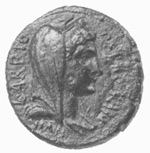
Some have suggested that face-veiling was common during Paul’s time, but no such evidence exists. There is evidence 1) See ‘Hairstyles, Head-coverings, and St. Paul: Portraits from Roman Corinth’ by Cynthia L. Thompson (Biblical Archaeologist, June 1988) Page 113 of face-veiling in areas such as Tarsus, Arabia and Syria, but not Roman Corinth. An archaeological survey shows that women in Corinth were seen either uncovered or with a covering that drapes down over the head (but not the face). 2) See ‘Hairstyles, Head-coverings, and St. Paul: Portraits from Roman Corinth’ by Cynthia L. Thompson (Biblical Archaeologist, June 1988) and ‘The Importance Of Roman Portraiture For Head-Coverings In 1 Corinthians 11:2-16’ by David W. J. Gill (Tyndale Bulletin 41:2, 1990) Furthermore, even if there was only one type of covering used in Paul’s day, that is not what we’d have to use. Paul only commands the result (head being covered) not the specific way in which she does so.
References
- Is Head Covering Related to Spiritual Gifts? A Response to Barry York - July 5, 2023
- A Husband’s Authority is Limited (He is Not Pastor or King) - November 14, 2022
- Statement from Jeremy Gardiner: Leadership Transition - September 26, 2022


